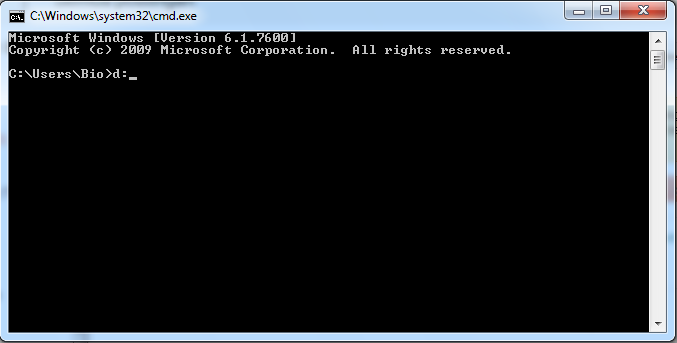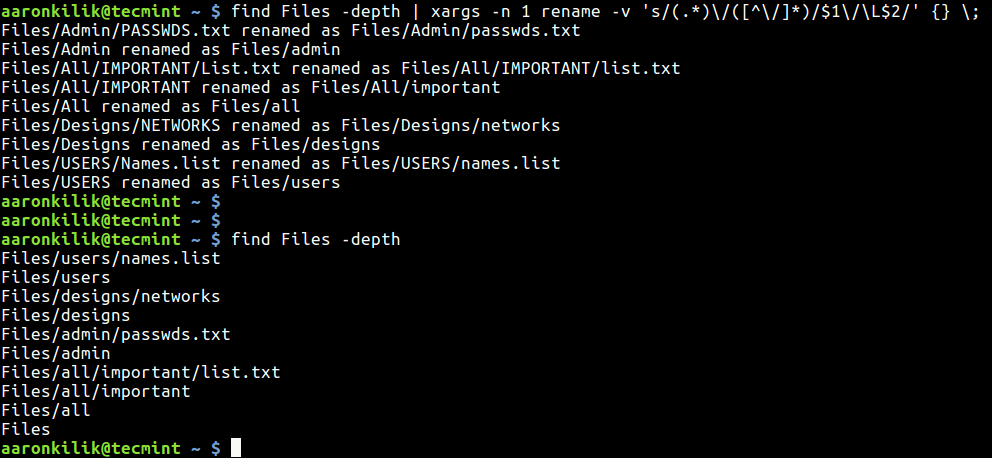

One way is to directly just using tree command and view the file structure. Here, you can use the ‘Tree’ command in two ways. In our case, it’s our user folder so, the path would be (CD C:\users\yourname). Type ‘CD’ command and then give the path of the folder/subfolder/drive for which you want the tree view.Go to the ‘Start’ menu, type ‘Command Prompt’ and hit ‘Enter’ key from the keyboard.Now, you can use the Tree command in command prompt and can view the tree structure format of all the files right there. Related: Fix slow laptop and speedup Windows 10. There are two ways to view the folders in a tree structure. How to Download Tree View of Directories in Windows 10? You can really download the structure of any directory using tree command and use for reference. There is a ‘Tree’ command in Windows which allows you to view the files/folders in a tree-like structure. It is essential in a project to have files under correct folder and use the relative path when linking files in other documents. Every time you should use navigations to move up or down to find a file. There are no ways in Windows Explorer, you can understand the entire structure of a directory. The files structure could be more complex like below that each folder may have multiple files. Let us take an example of a Bootstrap project folder like below having different folders for CSS stylesheets and JavaScript (JS) files. Related: How to create system restore point in Windows 10? What is Tree View? In this guide, we will show you how to use tree command in File Explorer and in the command prompt. But all these will not give you a complete structure of a directory showing the files inside a directory in a tree view. You can navigate through the directories using back, forward, up menus, navigation menus on the top bar, directly entering location in the address bar and using left or right panes. This helps to view or open files quickly in Windows operating system (similar to Finder in macOS).

Window 10 has a File Explorer popularly known as Windows Explorer.


 0 kommentar(er)
0 kommentar(er)
